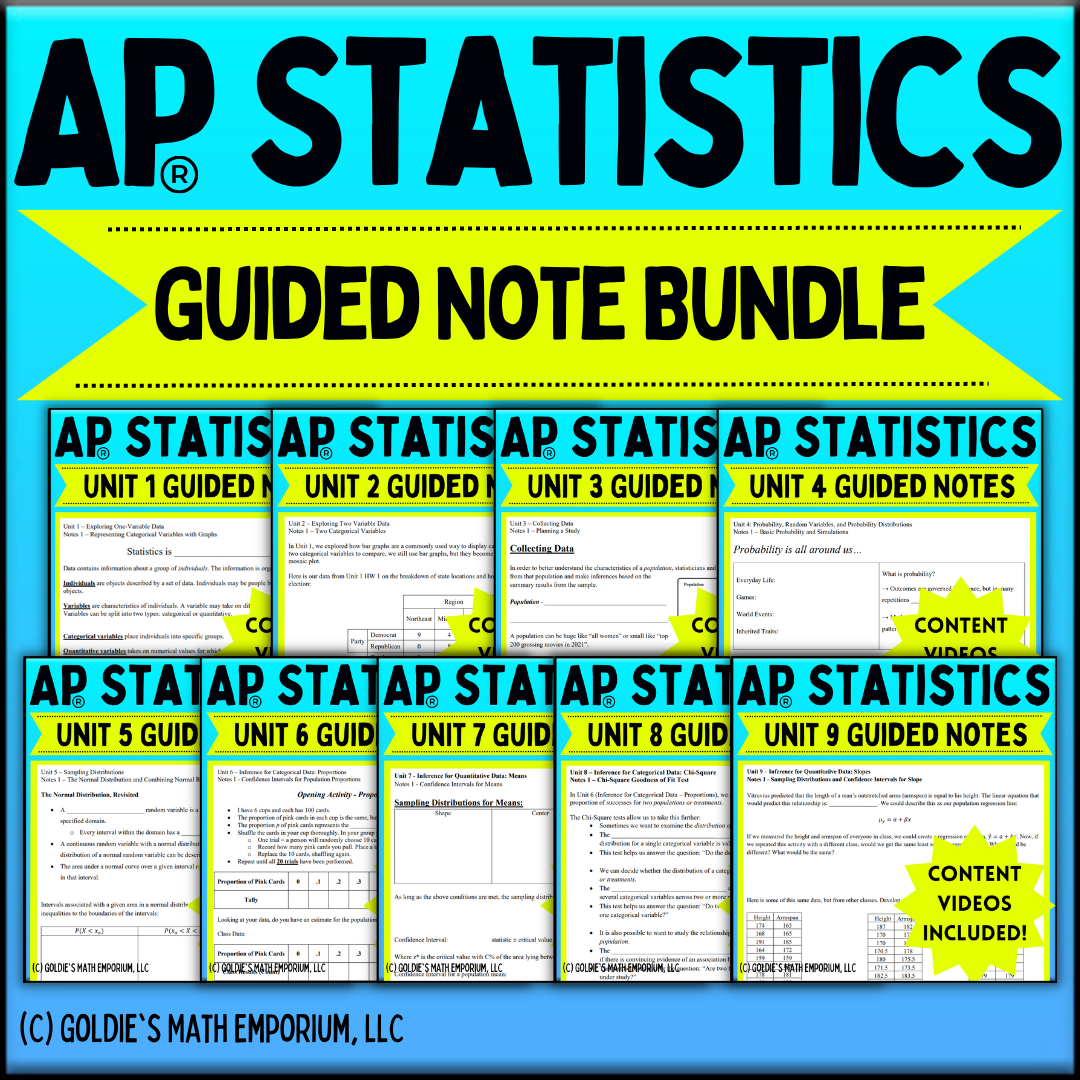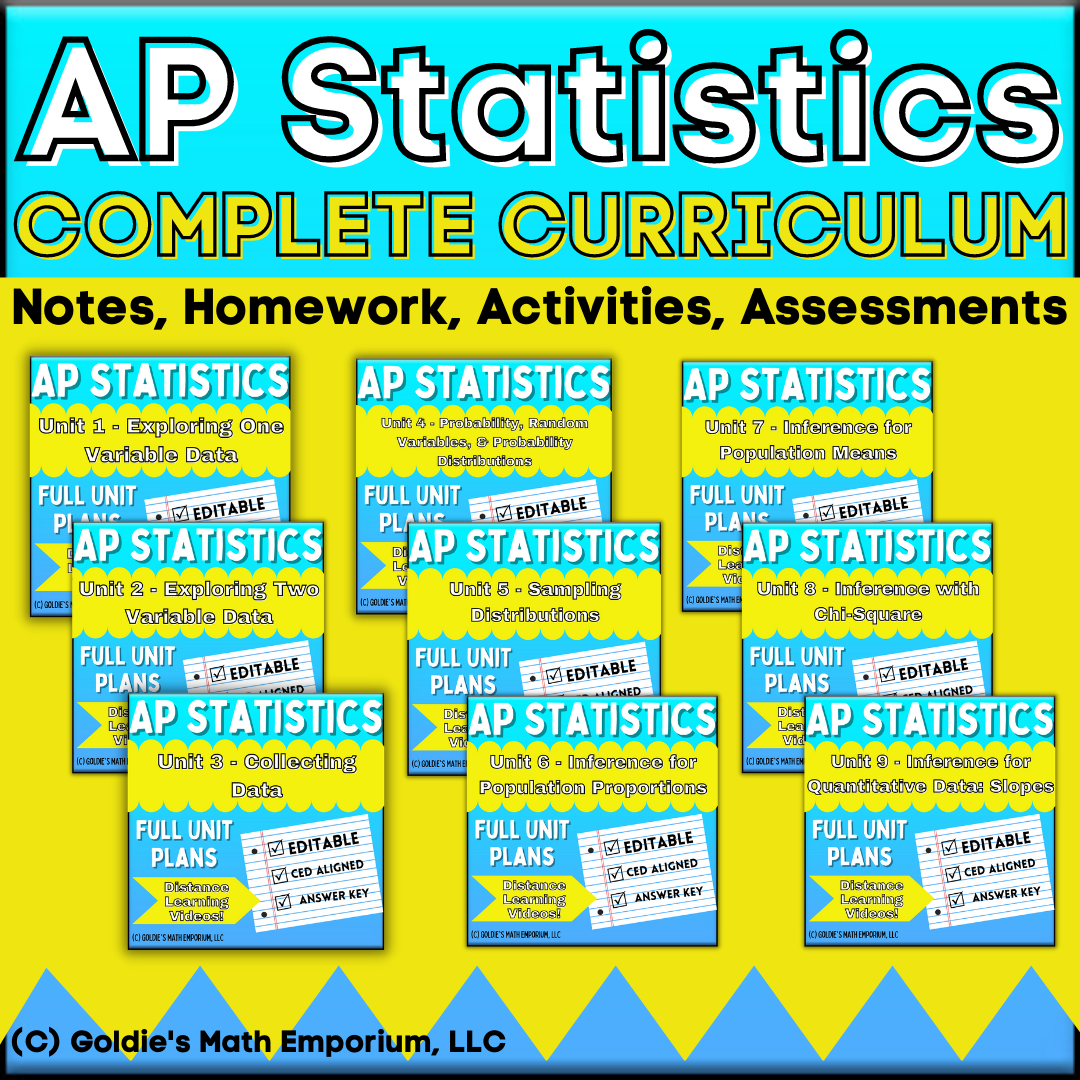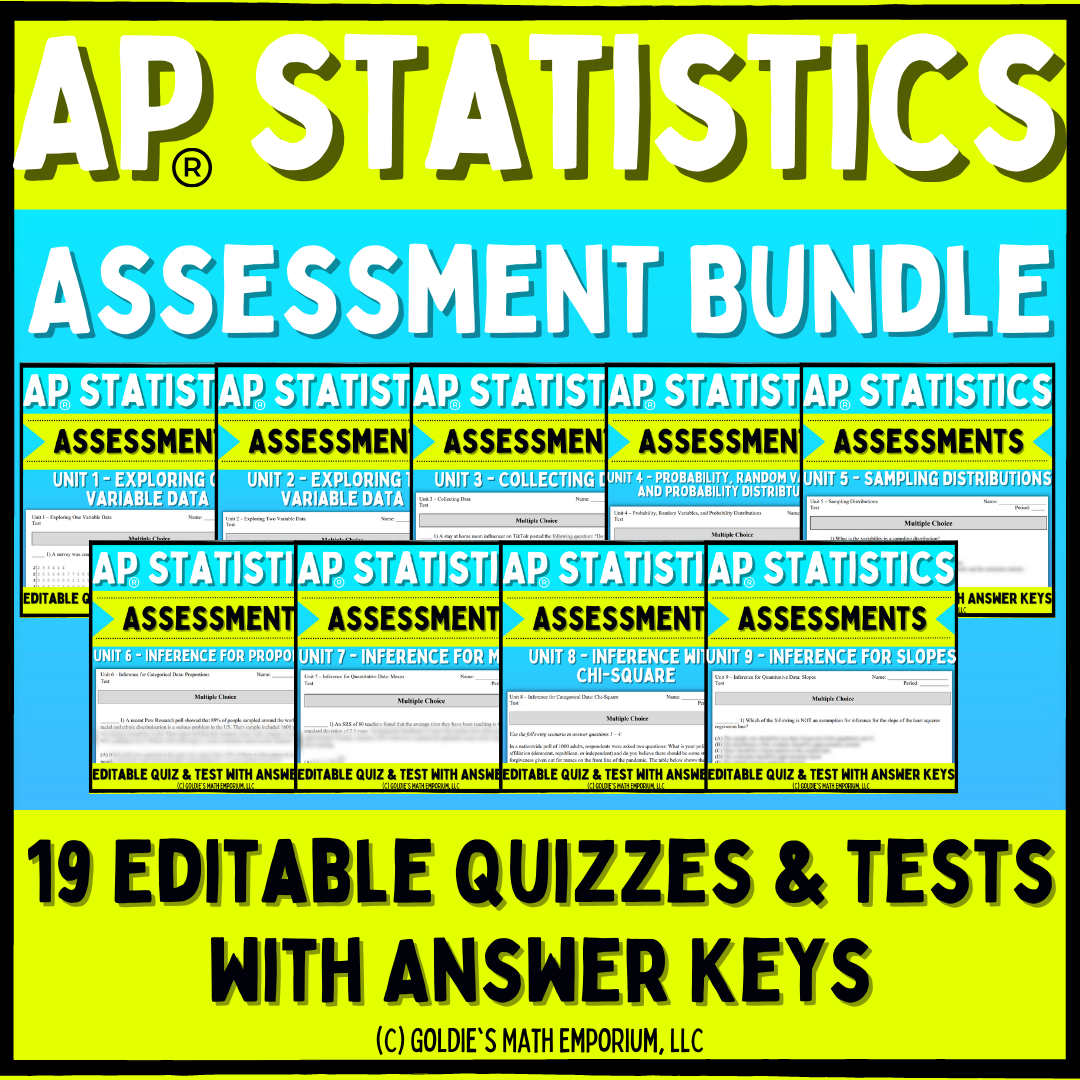Every year, I feel like I’m always looking for ways to introduce AP Statistics in an interesting way. I want to say or do something that makes students say, WOW this is going to be a great year. Not to brag, but I finally have that activity.
This link will take you to this FREE TPT resource of mine to use in your classroom. Read on to see how I introduce and discuss it in the classroom.
Note: This post contains affiliate links for Amazon. By purchasing an item on the Amazon site using these links, I will receive a small commission on your purchase. This commission does not affect the price of your item.
Hiring Discrimination
The Hiring Discrimination activity is an idea that originated in Starnes and Tabor’s Practice of Statistics (6th eidtion, updated). The idea is that there are 25 pilots (10 female and 15 male), but there are only 8 job openings. A lottery is used to choose the pilots that fill the positions, and 3 males and 5 females are selected. Because the proportion in the sample does not match the proportion of the population, a question is posed to students to see if there is convincing evidence that the lottery was not truly random.
I like to define the terms population and sample right away, but beyond that, I try not to use any of the statistic terms in this (SRS, p-value, hypothesis, etc.) because I want this activity to remain as accessible as possible for students on the first day.
After I define the population as the 25 pilots, and the sample as the 8 pilots selected, we then get into a conversation about evidence vs convincing evidence.
The evidence that this was not a fair lottery is that the population is 10/25 female, but the sample is 5/8 female. Is this convincing evidence though? Well, there are two explanations for this outcome:
1) The lottery is fair. This would mean that we got the proportion of females in our sample by chance. Is there a way to test this? (Yes, the activity!)
2) The lottery is unfair. This would mean that more females were selected on purpose. We cannot test this, so we will look at option 1 to see how likely that is.
Activity: Simulation
Now is when I hand out some materials that I prepared beforehand. I used pony beads to set up the simulation. In a plastic bag, I put 10 yellow beads and 15 black beads (our school colors!) to represent the males and females in the population. If you do not have beads on hand, there are other various tools you can use in place of the beads. You can make 25 slips of paper with F and M on them or any other manipulates where you can give each student 25 of them. You can also consider having groups of students work together, but with social distancing and sharing supplies always a concern, each student having their own is prefered.
After I hand out the bags, I ask the students to (without looking) draw out 8 beads and record how many females (yellow beads) they have.
On the board, I tape up a poster with the axis of a dotplot drawn out. The axis will represent the number of females in the sample, so I already have it labeled from 0 to 8. I give each student a dot sticker and ask them to place it on the graph where their number is.
We then look at the proportion of dots that are at 5 or higher. This proportion is usually around 15%, but it can vary. With the students, we then discuss if this means that we could have chosen 5/8 (or more extreme) by chance. We make a decision in context based on what they conclude. Then, BAM, just like that, they have run a simulation as well as performed inference. I tell them that we have formal ways for answering questions like this, and that this class will be working on building up to it.
Total, this takes about 30 minutes in class to complete. I like using poster board for the dotplots because I have it hung up in my room for a while to reference back to.
Virtual Option – If you are still virtual, consider using this applet to put in the data and display the results on a dotplot.
What do you think?? Have you tried this activity or something like it in your class? I would love to hear about your experiences!







0 Comments